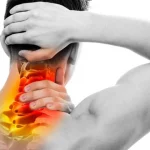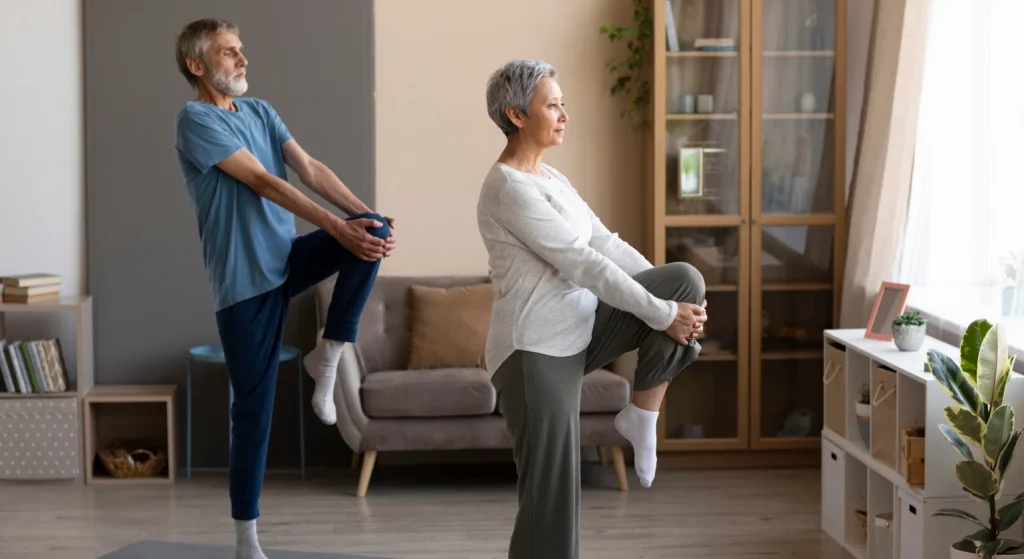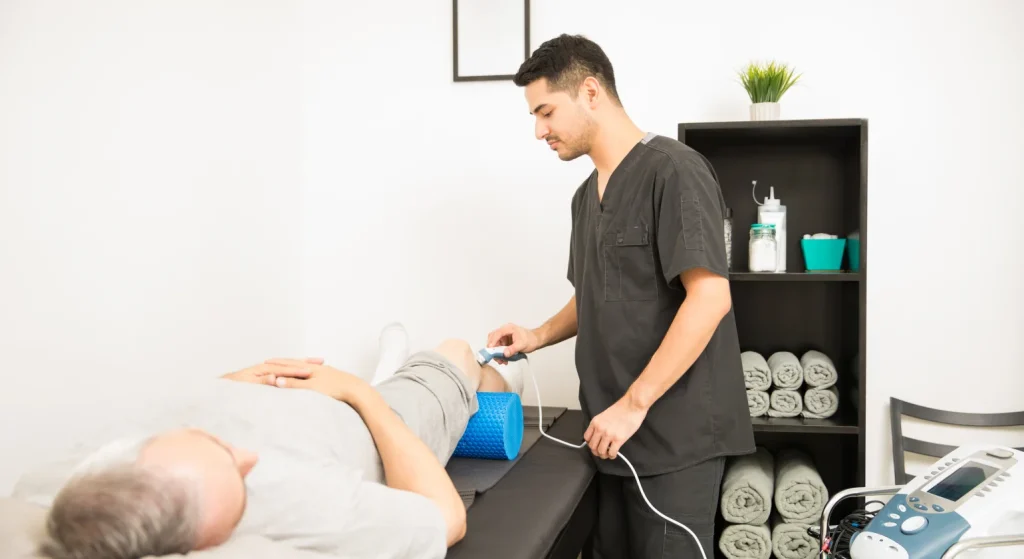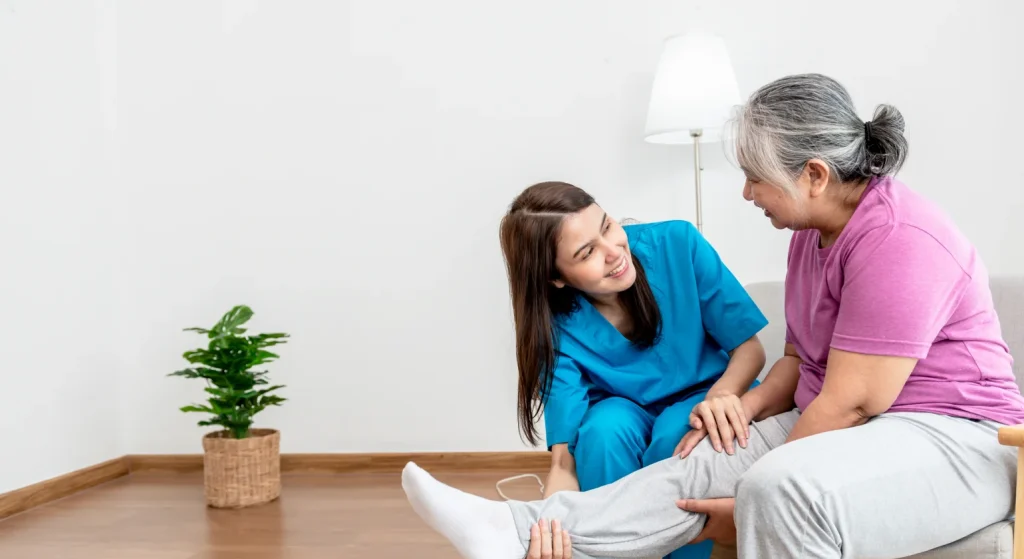When we face knee pain, we always think the problem is in our knee. But so many times, the real issue lies somewhere else – specifically in our hips and ankles. Misalignments in these areas can contribute to knee pain, and understanding this connection can help us to find better ways to treat and prevent it. In this article, we’ll explore how hip and ankle misalignments contribute to knee pain and what we can do about it.
How These Misalignment Happens
Our knee functions like a hinge, similar to a door hinge, which means it relies heavily on the alignment and strength of its surrounding muscles and joints, especially our hips and ankles. When these areas are not aligned correctly, they can cause improper movement patterns, putting extra stress on our knee. And, this added stress can lead to pain and injury.
How Hip Misalignment Affects the Knee
Our hips play a crucial role in maintaining proper alignment and movement of our legs. The muscles around our hips, especially the gluteal muscles, helps to stabilize our legs and keep everything in line. When these muscles are weak or imbalanced, it can cause our thigh bone (femur) to rotate improperly, placing excessive stress on our knee joint.
Common Causes of Hip Misalignment:
Weak Muscles: If the muscles on the sides of our hips (hip abductors) are weak, it can cause our hips to drop or rotate inward excessively, leading to misalignment.
Poor Posture: Sitting for long periods or standing with poor posture can lead to tight hip flexors and weak gluteal muscles, contributing to hip misalignment. This is common in people who have inactive jobs or lifestyles.
Injuries: Previous injuries, such as hip fractures, sprains, or strains, can hamper the normal alignment and function of the hip joint.
Leg Length Discrepancy: Even a slight difference in leg length can affect hip alignment, leading to alternative movements that impact the knee. This can be due to congenital conditions or injuries that cause one leg to be shorter than the other.
How Ankle Misalignment Affects the Knee
Our ankles provide the foundation for our body’s movement. If they are misaligned, it can affect how our knee moves and functions. For example, flat feet or overpronation (when your foot rolls inward too much) can cause your lower leg to rotate inward. This abnormal rotation places additional stress on the knee joint, which can lead to pain over time.
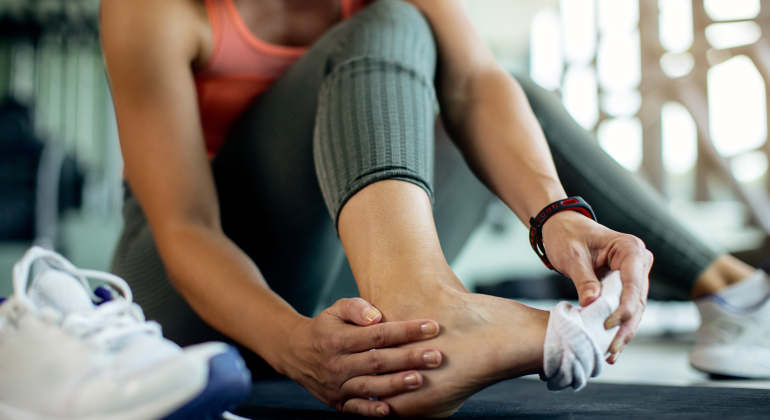
Common Causes of Ankle Misalignment:
Flat Feet: If you have flat feet or fallen arches, your foot might roll inward too much (overpronation), which can affect the alignment of your entire lower limb and put stress on your knee.
Previous Injuries: Sprains, fractures, or other ankle injuries can alter the normal alignment and biomechanics of your ankle, leading to improper movement patterns.
Improper Footwear: Wearing shoes that do not provide adequate support or are worn out can worsen the ankle misalignment. This is especially true for those people who spend a lot of time on their feet or engage in high-impact activities.
Genetic Factors: Some people are born with foot structures that make them more likely to have alignment issues. This can include naturally flat feet or high arches that do not provide adequate support.
How to Fix the Knee pain Problem
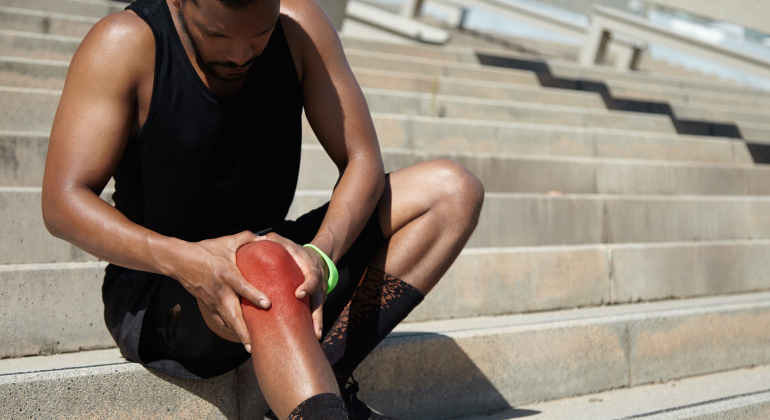
To relieve knee pain effectively, it’s essential to address the underlying misalignments in our hips and ankles. Here are some effective ways to do that:
1. Physical Therapy:
A physical therapist can create a customized exercise program designed to strengthen and balance the muscles around your hips and ankles. These exercises might include:
Strength Training: Exercises focused on the muscles around your hips, particularly the glutes, hip abductors, and external rotators, to improve stability.
Stretching and Mobility Exercises: To loosen tight muscles in your hips and calves, enhancing flexibility and promoting proper alignment.
Balance and Proprioception Training: To improve your overall stability and the body’s awareness of its position in space, which can prevent misalignment and injury.
2. Proper Footwear and Orthotics:
Wearing supportive shoes or using custom orthotics can help correct ankle misalignment. Orthotics can provide:
Arch Support: Helping to distribute pressure evenly across your foot and reduce overpronation.
Shock Absorption: Minimizing the impact on your knee and other joints during movement, which can help reduce pain.
3. Postural Training:
Learning and maintaining good posture can significantly reduce the strain on your hips and knees. Techniques include:
Ergonomic Adjustments: Setting up your workspace and seating arrangements to support good posture. This might involve using a chair with proper lumbar support or adjusting your desk height.
Postural Awareness: Be careful for your posture throughout the day and making a conscious effort to correct poor habits. Simple changes like standing up straight and avoiding slouching can make a big difference.
4. Regular Assessments:
Routine check-ups with healthcare professionals, such as physical therapists, orthopedists, or podiatrists, can help identify and address misalignments early. This proactive approach can include:
Gait Analysis: Evaluating how you walk and run to detect abnormal movements and misalignments. This can help in creating a personalized treatment plan.
Functional Assessments: Assessing muscle strength, flexibility, and joint alignment to develop targeted exercises and interventions.
Conclusion
By addressing these major issues through targeted physical therapy, proper footwear, and postural training, you can relieve the strain on your knee joint. Strengthening muscles, improving posture, and using supportive shoes or orthotics can all contribute to
better alignment and reduced knee pain. This systematic approach not only treats symptoms but also handles the root causes, leading to sustainable, long-term relief.
Regular assessments by healthcare professionals are crucial for maintaining joint health and preventing future issues. By catching and correcting misalignments early, you can avoid the progression of knee pain and associated complications, helping you stay active and pain-free.
For more information on effective pain management practices, visit Painflame Clinic
Recent Blog : Atlas Misalignment: The Hidden Culprit Behind Chronic Headaches
-
How can hip misalignment cause knee pain?
Hip misalignment can lead to improper rotation of the thigh bone, which cause excessive stress on the knee joint. This can result in various knee problems, including patellofemoral pain syndrome and iliotibial band syndrome
-
What are the common signs of ankle misalignment contributing to knee pain?
Common signs include frequent ankle sprains, flat feet, overpronation, and an inward rolling of the foot when walking or running. These issues can cause the lower leg to rotate inward, increasing stress on the knee.
-
Can correcting hip and ankle alignment help relieve knee pain?
Yes, addressing misalignments in the hips and ankles through targeted exercises, proper footwear, and orthotics can help reduce knee pain by improving overall joint alignment and movement patterns.
-
What types of exercises can help correct hip and ankle misalignment?
Exercises that strengthen the gluteal muscles, hip abductors, and external rotators, as well as balance and proprioception training, can help correct hip misalignment. For the ankles, strengthening the muscles around the foot and ankle, along with stretching tight calf muscles, can be beneficial.
-
When should I see a healthcare professional for knee pain related to hip or ankle misalignment?
If you experience persistent knee pain that doesn’t improve with rest and basic home treatments, it’s important to consult with a healthcare professional. They can perform a thorough assessment to determine if hip or ankle misalignment is contributing to your pain and recommend appropriate treatment options.

